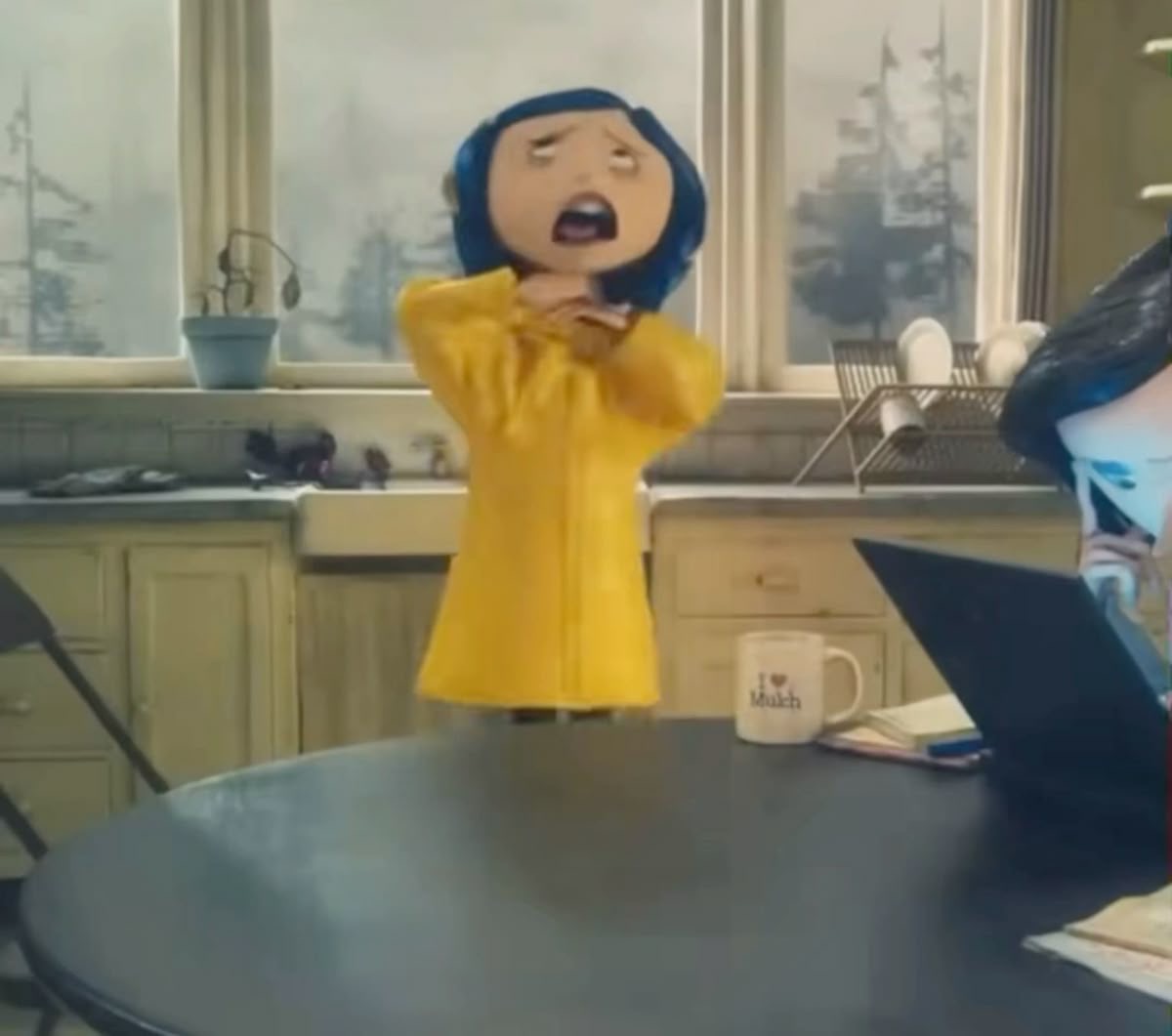Transport in Animals
Cards (59)
- What is the primary function of the circulatory system in animals?
- Why is diffusion insufficient for substance transport in multicellular animals?
- What are the three main components of the transport system in animals?
- How many components does blood have?
- What are the four components of blood?
- What pigment is found in red blood cells that gives them their color?
- What is the lifespan of a red blood cell?
- Where are red blood cells made?
- What is the shape of a red blood cell?
- What is the primary function of red blood cells?
- What is the role of white blood cells?
- What are the two main types of white blood cells?
- What do phagocytes do?
- Where are phagocytes made?
- What is the function of lymphocytes?
- Where are lymphocytes made?
- What is the function of platelets?
- What are platelets made from?
- What is the composition of plasma?
- What are some substances transported by plasma?
- What is the average heart rate in beats per minute?
- What controls the heart rate?
- What causes the first sound of the heart?
- What occurs during ventricular diastole?
- What happens during the diastole phase?
- What are the two types of immunity?
- What is double circulation?
- What are the two circulations in the double circulatory system?
- What is the role of arteries?
- What is the role of veins?
- What is the structure of arteries?
- What is the structure of veins?
- What is the structure of capillaries?
- What is the relationship between the structure and function of blood vessels?
- What is the average volume of blood in an adult human?
- What is the main function of plasma?
- What are antigens?
- What is the primary response in immunity?
- What is the secondary response in immunity?
- What is the role of lymphocytes in the immune response?
